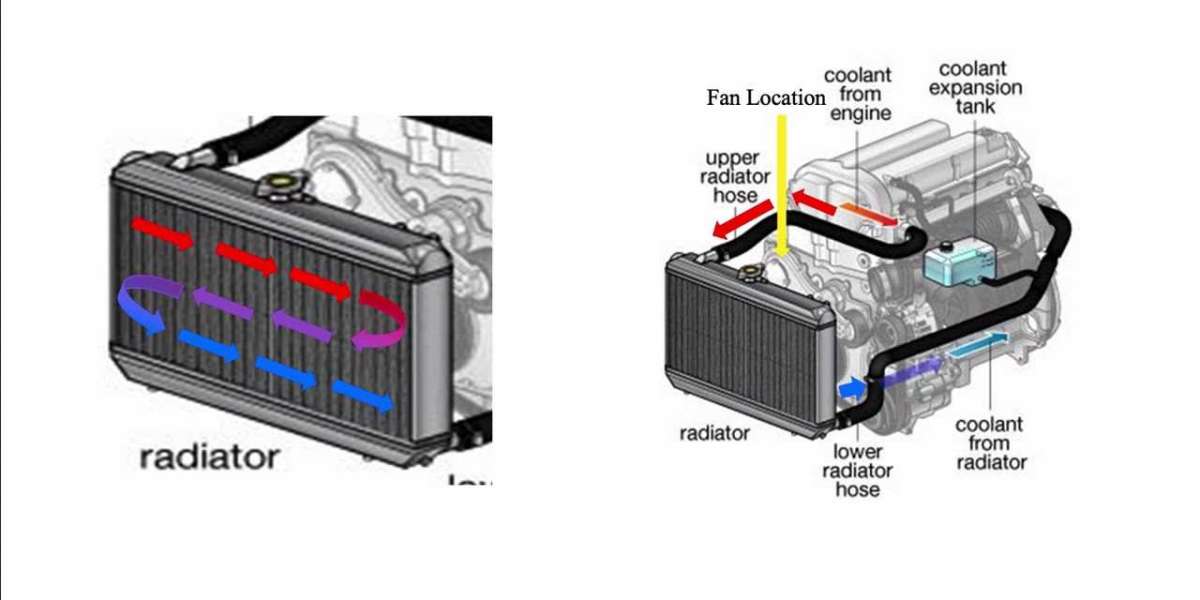Radiators and heat exchangers play a critical role in thermal management across a variety of industries. While both are designed to transfer heat efficiently, their specific functions, designs, and applications differ.
Radiators
Radiators are specialized heat exchangers primarily used in systems like vehicles and buildings to dissipate heat.
- Function: Radiators transfer heat from a fluid (commonly coolant or water) to the surrounding air.
- Applications: Automotive cooling systems, residential heating, and industrial cooling.
- Design: Typically consists of a series of thin metal fins and tubes to maximize surface area and promote heat dissipation through convection.
Heat Exchangers
Heat exchangers, in contrast, are versatile devices designed for the transfer of heat between two or more fluids without mixing them.
- Function: Enable efficient thermal energy transfer, often used to either cool or heat fluids.
- Applications: Power plants, chemical processing, HVAC systems, and food processing.
- Design: Can take various forms, including plate, shell-and-tube, or coil configurations, depending on the application.
Key Differences
Aspect | Radiators | Heat Exchangers |
Primary Purpose | Dissipate heat into the air | Transfer heat between fluids |
Common Use | Automotive systems, HVAC | Industrial processes, power |
Fluid Interaction | Air-fluid interaction | Fluid-fluid interaction |
Conclusion
Both radiators and heat exchangers are indispensable in modern engineering, offering tailored solutions for thermal regulation across diverse sectors.








